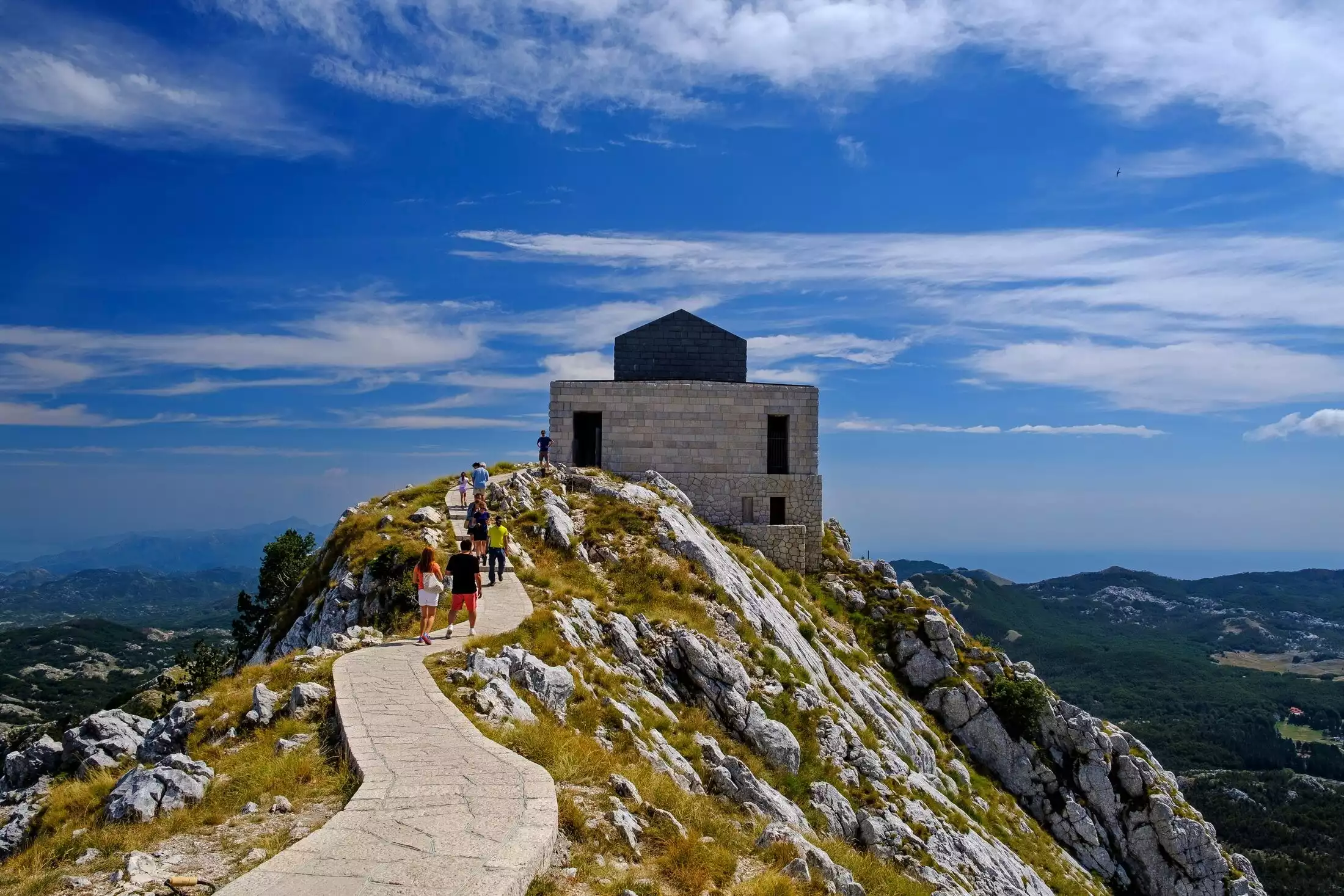
Cetinje: Montenegro's Historical Treasure Trove
Cetinje is a small town located in the heart of Montenegro, known for its cultural and historical significance. It was the royal capital of Montenegro from the 15th century until 1910 and it played a crucial role in the country's political and cultural development. The town itself is a charming mix of traditional Montenegrin architecture with narrow streets and stone houses and grand palaces that once belonged to the country's ruling families.
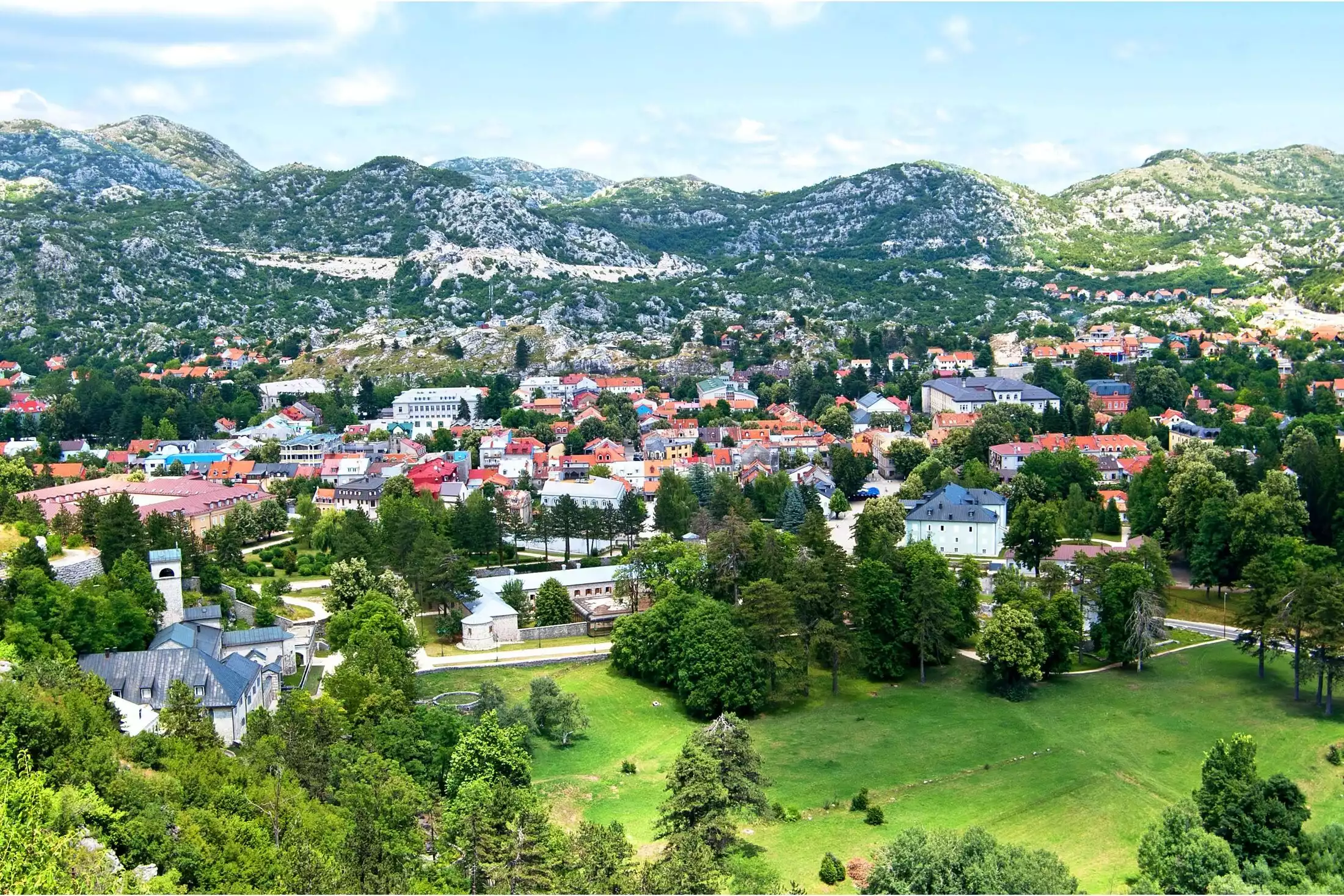
"Town of museums"
Cetinje is also known as the "town of museums" due to the numerous museums and galleries that showcase Montenegro's art, history, and culture.
One of the most significant museums in Cetinje is the National Museum of Montenegro, which contains a rich collection of cultural artifacts and works of art from different periods of Montenegrin history. Other notable museums include the Ethnographic Museum, which showcases traditional Montenegrin costumes, jewelry and everyday objects.
Njegoš Museum Biljarda is dedicated to the life and works of Petar II Petrović Njegoš, who was a famous Montenegrin poet, philosopher and ruler during the 19th century. The museum is situated in the former residence of Njegoš, which was built in the 18th century and is a fine example of Montenegrin architecture. The importance of Njegoš Museum lies in its role as a cultural institution that preserves the legacy of one of Montenegro's most significant historical figures. Njegoš was not only a poet but also a political leader who made a substantial contribution to the country's history. He was instrumental in securing Montenegro's independence from the Ottoman Empire in the 19th century and is recognized as one of the most crucial figures in Montenegrin history.
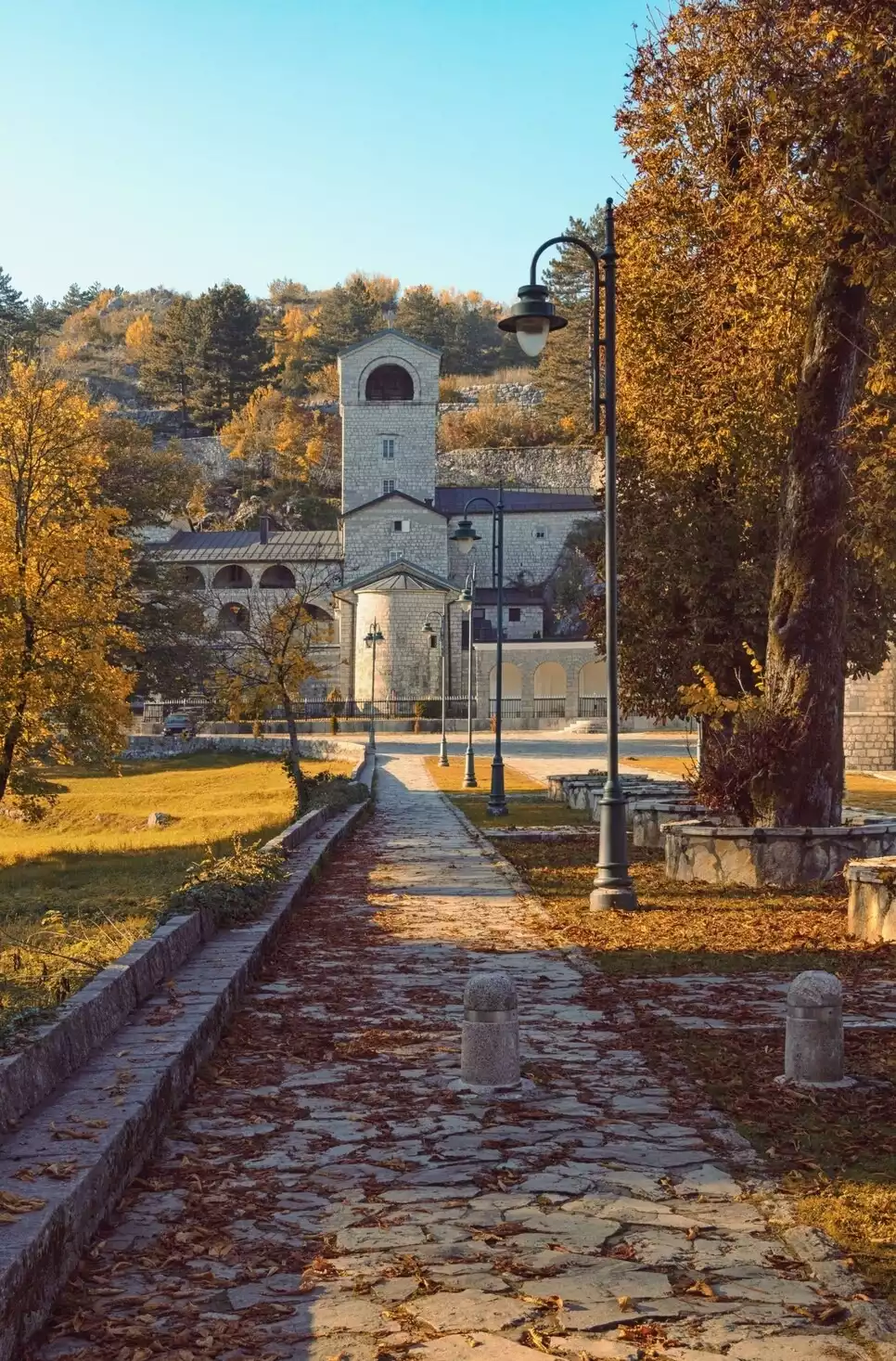
Significance of Cetinje Monastery
Cetinje Monastery is an important cultural and religious landmark in Montenegro. The monastery is located in the center of Cetinje and is one of the oldest and most prominent monasteries in the country. It was founded in the 15th century and has been a key factor in Montenegrin history, serving as the residence of the Montenegrin Metropolitans and Bishops. The monastery's architecture is an excellent example of traditional Montenegrin style with its stone walls, red-tiled roof and a central courtyard. Visitors can explore the monastery's many chapels and churches, which contain impressive works of art, including frescoes and icons. One of the most significant relics housed in Cetinje Monastery is the hand of Saint John the Baptist.
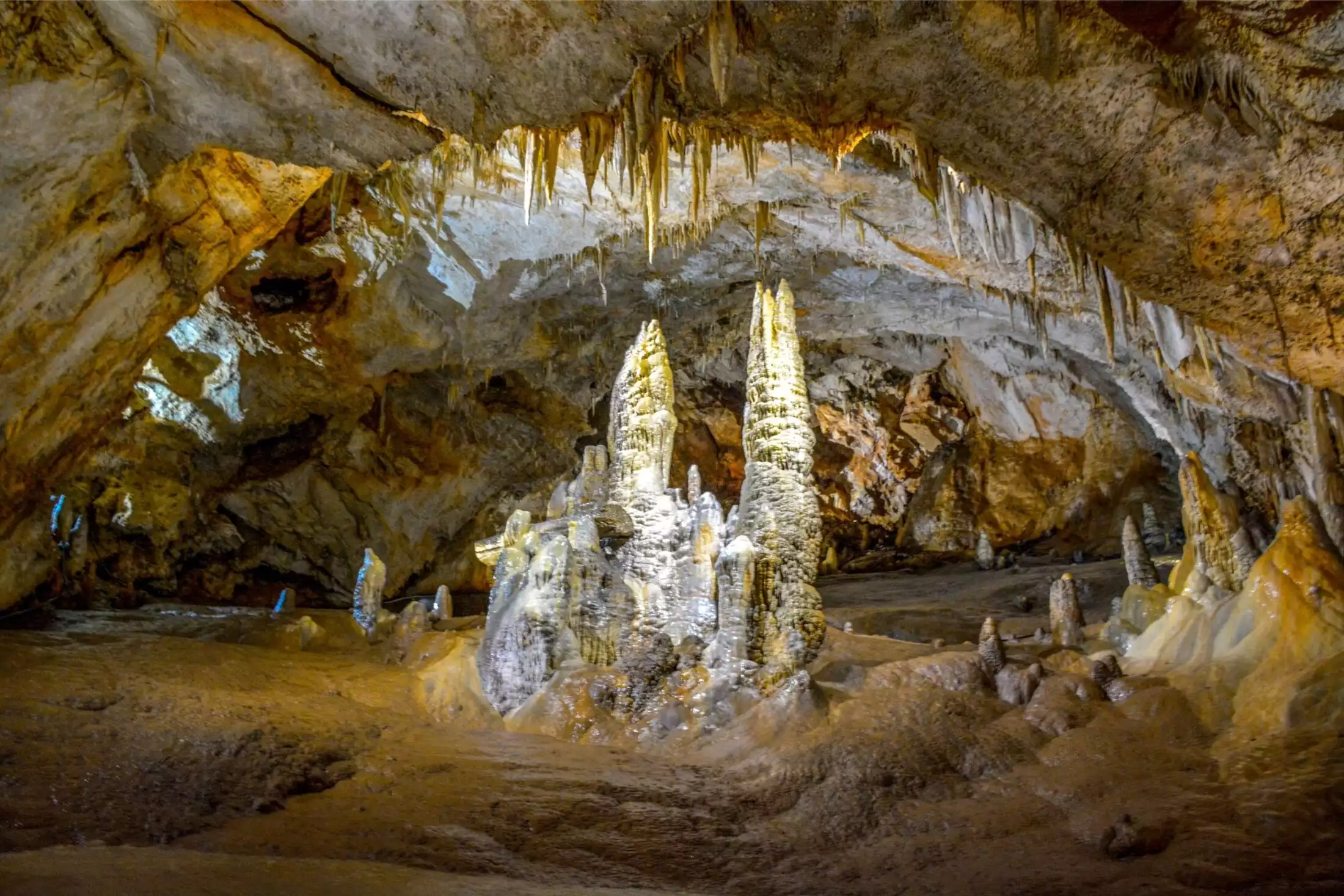
Nearby Attractions to Visit
In addition to its cultural attractions, National Park Cetinje is home to some magnificent natural wonders. One of the most popular nearby destinations is Lipa Cave, a vast underground cavern system that offers a unique and unforgettable experience for visitors. The cave system consists of numerous passages, chambers and underground lakes that have been formed over millions of years. Visitors can take a guided tour through the cave and marvel at its spectacular stalactites and stalagmites, as well as its underground rivers and waterfalls. Besides its natural beauty, Lipa Cave also has cultural significance as it was used as a shelter and hideout during various wars throughout history.
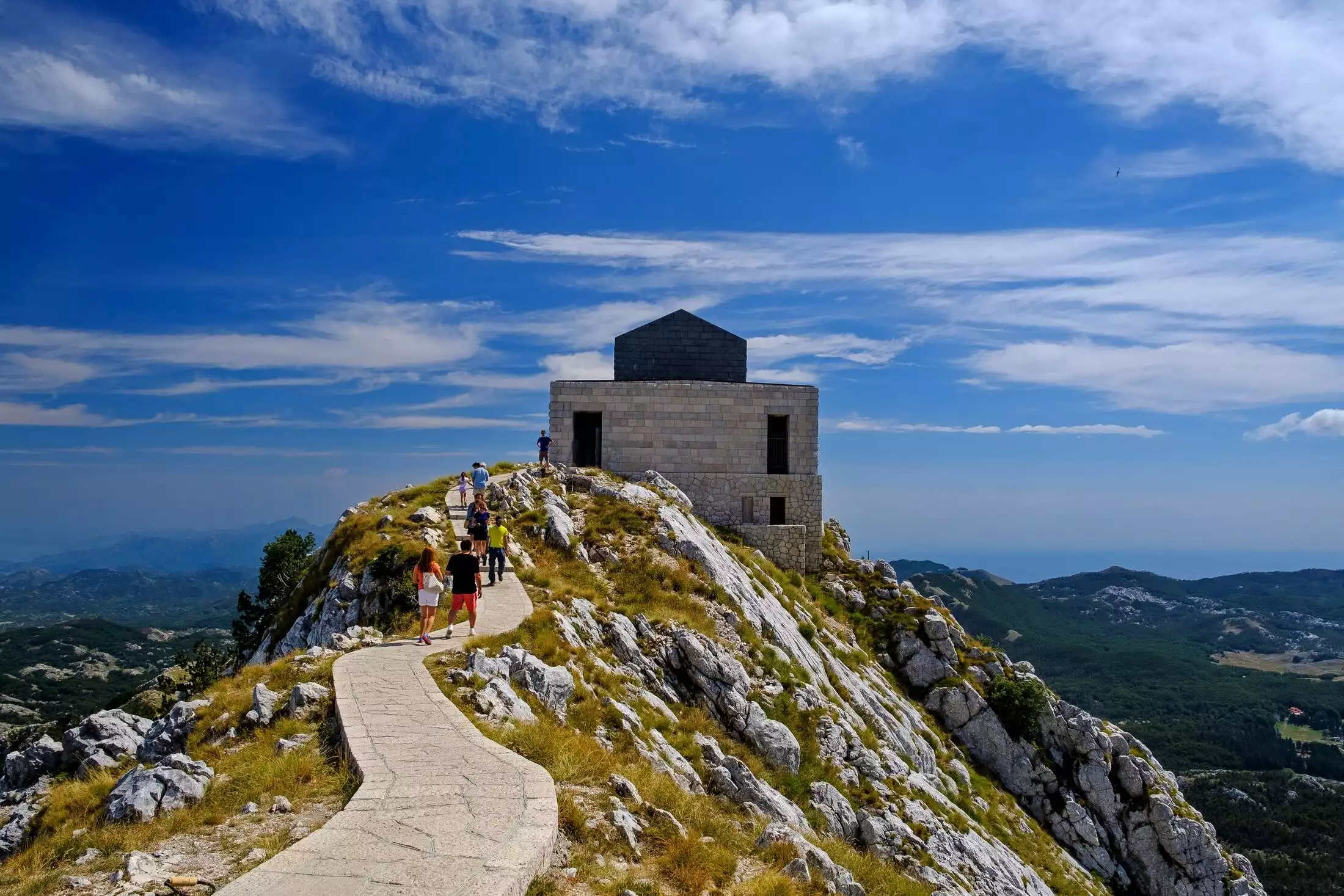
Another must-visit destination is Lovćen National Park, which is located just a few kilometers from Cetinje. The park offers breathtaking views of the Adriatic Sea and visitors can explore its natural beauty through hiking and mountain biking trails. The park is also home to several historical and cultural trademarks, including Njegoš Mausoleum and Ivanova Korita visitor center.
Njegoš Mausoleum, located on the summit of the Mount Lovćen in Montenegro, is an architectural masterpiece and an important national monument. The mausoleum is dedicated to Petar II Petrović Njegoš, a revered poet, philosopher and bishop. The mausoleum's unique design, with its black granite exterior and intricate mosaic interior, attracts tourists from all over the world. It also symbolizes the country's rich cultural heritage and serves as a testament to its national identity and pride.
One of the most striking features of Njegoš mausoleum is its height. Rising to a height of over 1,600 meters above sea level, the mausoleum stands as a testament to the grandeur and majesty of Montenegro's mountainous landscape. The monument's height also allows visitors to enjoy mesmerizing views of the surrounding mountains and valleys, making it a popular destination for tourists.
Cetinje is a must-visit destination for anyone who wants to explore Montenegro's rich history and culture. The town's historical sites, museums and natural beauty make it a hidden gem that is waiting to be discovered. Renting a car in Cetinje is a great way to explore the town and the nearby attractions, making it a convenient and memorable experience.